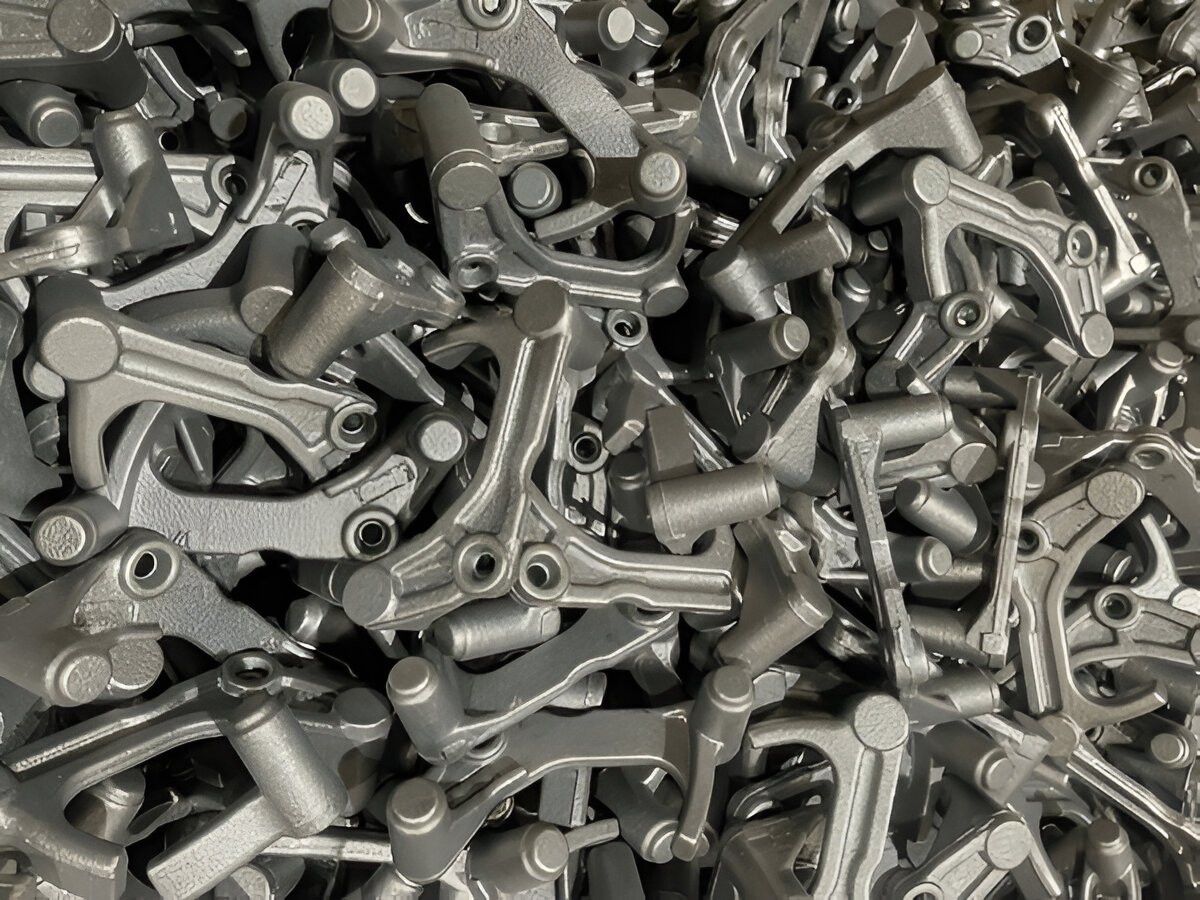In today's highly competitive manufacturing world, energy efficiency is more than just a cost-saving measure; it's a critical component of sustainability. The die-casting industry is known for its high-volume production of complex metal components. This industry faces increasing pressure to reduce its environmental impact. Improving energy efficiency in die-casting processes reduces operational costs and contributes to a company’s commitment to sustainable production.
In this blog, we’ll explore the significance of energy efficiency in die casting, identify key energy-consuming stages, and present actionable strategies to enhance sustainability across operations.
Energy Consumption in Die Casting
Die casting involves forcing molten metal under high pressure into reusable steel molds. While this process is highly efficient for mass production, it is also energy-intensive, particularly in the following stages:
- Melting and holding furnaces: These consume up to 60–70% of the total energy in a die-casting operation.
- Hydraulic systems: Used for operating machines and ejectors.
- Compressed air systems: Utilized in automation, spray systems, and cooling.
- Die heating and cooling systems: Maintain mold temperature for optimal casting quality.
- Post-casting operations: Trimming, machining, and surface finishing.

Key Strategies for Enhancing Energy Efficiency
1. Upgrade to High-Efficiency Melting Furnaces
Upgrade to high-efficiency melting furnaces to reduce energy consumption during the most energy-intensive phase of metal processing. Choosing modern systems like electric induction furnaces for non-ferrous metals, regenerative gas-fired furnaces, or tower melting furnaces can result in substantial energy savings.
These advanced furnaces are designed with superior insulation, offer faster melting times, and provide more precise control over energy usage. If your production volume permits, consider transitioning to batch melting to minimize energy waste during idle periods.
2. Implement Real-Time Energy Monitoring
Installing energy management systems (EMS) enables comprehensive tracking of energy usage across all operations, helping identify areas with high consumption and allowing you to benchmark energy use per unit produced.
With real-time data at your fingertips, you gain valuable insights that can be used to fine-tune processes, minimize waste, and ensure your operations consistently run at peak efficiency. Over time, EMS helps establish clear energy-saving goals and supports compliance with sustainability standards. It also simplifies reporting for audits and continuous improvement initiatives.
3. Optimize Die Temperature Management
Efficient thermal regulation of dies plays a vital role in reducing cycle time and enhancing casting quality. Implementing insulated die covers, high-efficiency die heating systems, and closed-loop water cooling systems can significantly improve thermal management. These solutions work together to minimize energy loss while maintaining stable mold temperatures, ensuring that heating and cooling are not overused and that energy consumption remains controlled.
4. Recover and Reuse Waste Heat
Investing in heat recovery systems, such as recuperators and heat exchangers, allows you to capture and reuse valuable heat from exhaust gases emitted by furnaces and hot surfaces within the casting environment. This recovered heat can then be redirected to preheat combustion air, warm feed water, or contribute to plant space heating.
By utilizing waste heat effectively, overall energy consumption is reduced, and operational efficiency is significantly improved. Additionally, this approach supports environmental sustainability by lowering greenhouse gas emissions.
5. Use High-Speed, Energy-Efficient Die-Casting Machines
Modern die-casting machines equipped with servo-hydraulic systems bring several energy-saving advantages, including variable speed control, reduced oil temperature rise, and lower idle energy consumption. Their enhanced precision not only improves product quality but also decreases scrap rates and the need for rework, which indirectly contributes to overall energy savings. Over time, these improvements can lead to more streamlined operations, reduced maintenance demands, and greater process reliability.
6. Automate Smartly
Automation doesn’t necessarily lead to higher energy consumption; in fact, when designed with efficiency in mind, it can significantly reduce waste and improve overall performance. Energy-efficient automation systems help maintain consistent cycle times, minimize human errors that often result in material and energy waste, and enable intelligent scheduling and load management.
By integrating sensors, robotics, and AI-based scheduling tools, manufacturers can optimize energy usage across the entire production line. This strategic approach not only enhances productivity but also supports long-term sustainability goals.
7. Reduce Scrap and Rework
Every defective part equals wasted energy. To minimize scrap:
- Use simulation software for mold and process design
- Apply predictive maintenance to keep machines running efficiently
- Train staff regularly on quality standards
Reducing rework not only saves energy but also cuts material costs and boosts customer satisfaction.
8. Switch to Renewable Energy Sources
While optimizing internal systems is essential, transitioning to solar, wind, or green grid energy further reduces your carbon footprint. Many die-casting facilities install rooftop solar panels or enter green energy purchase agreements to power their operations.
Benefits of Energy-Efficient Die Casting
Implementing energy-efficient strategies in die-casting operations leads to:
|
Benefit |
Impact |
|
Lower operational costs |
Reduced energy bills, especially in melting |
|
Enhanced competitiveness |
Lower per-part production cost |
|
Improved product quality |
Consistent temperatures, fewer defects |
|
Regulatory compliance |
Meet emissions and energy mandates |
|
Better brand image |
Align with sustainability goals |
Final Thoughts
To gain financial rewards, die-casting businesses that make energy-efficient investments strengthen their defenses against shifting energy markets and environmental laws. Sustainability is now a strategic necessity due to the rising demand for green manufacturing.
Manufacturing companies can lessen their environmental effect while preserving or increasing production by streamlining every step of the die-casting process, from melting and machine operation to automation and energy sources.
Are you prepared to increase the energy efficiency of your die-casting operations? Conduct an audit first, then establish attainable energy targets and make minor yet significant adjustments.

